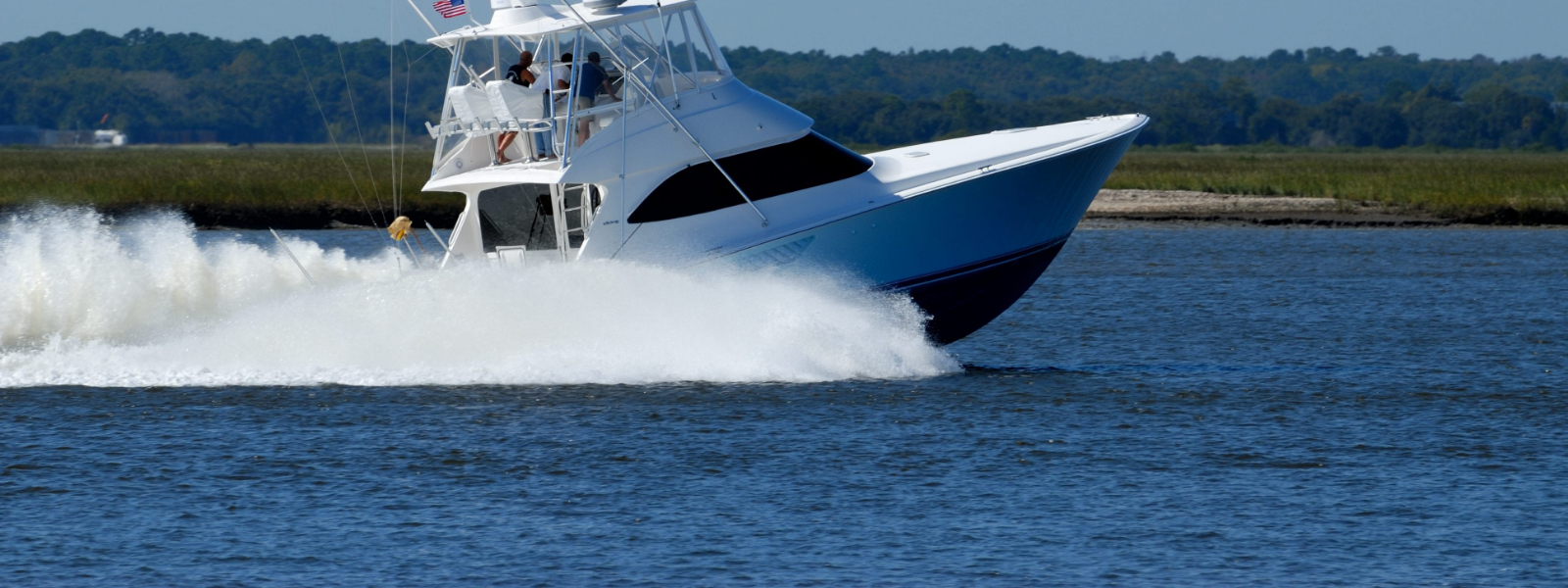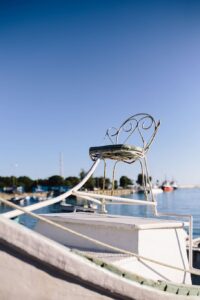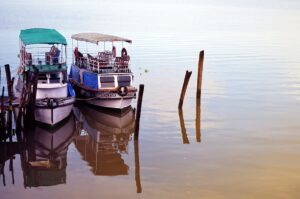View this post on Instagram
So you’ve made plans for the perfect offshore fishing trip you have your boat’s fuel tanks full, now it’s time to motor out to the honey hole and catch some big fish.
Before you leave land though you’ll need to go through a checklist and make sure you’ve got all the equipment you’re going to need for a day on the water.
It doesn’t matter which type of fish you are going after or what techniques you are going to use, there are the essential basics that you need on the boat for every offshore fishing trip.
What are some of the important basics you’ll need for saltwater fishing?
Rods and reels
Fishing line
A gaff
Needle-nose pliers
A good selection of trolling lures
Release knife
Ice bucket or cooler
Lure bag
A good pair of scissors
Rods and reels
I guess it goes without saying that you can’t go fishing without rods and reels. But it’s worth checking your equipment before you go out to make sure that it’s not broken and is in full functioning order. You’d be surprised how much stuff can break when you’re not looking.
Ice bucket and cooler
An ice bucket is an angler’s best friend. There are a tremendous amount of different uses. The question is? Can you even go fishing without a nice bucket? And of course, coolers are good mostly for storing your fish, but also for storing your food and beer.
Needle-nose pliers
You’ve got to get the hook out of the fish that you catch and the best way to do that is with a good pair of needle-nose pliers. Not only that there are also a million other uses that you will find a pair of pliers comes in handy for when you’re out on the water.
Lure bags
Lure bags are critical and often overlooked. The benefits of a lure bag are that you can easily store your trolling lures, which these days can be pretty expensive. They also keep your trolling skirts from getting damaged.
And they are made out of mesh so you can put the lure in the bag, zip it closed. Then rinse it off with fresh water from a hose to keep the saltwater corrosion at a minimum. There is a company that specializes in sport fishing tackle products called Fathom Offshore that makes excellent lure bags in a variety of different sizes.
Lures and live bait
So you can’t catch a fish without something to lure them in (see what I did there?). You’re going to need a large selection of lures. And it all depends on what type of fishing you are doing. If you are offshore then that means you will be trolling. Trolling for species like wahoo, blackfin, mahi, and marlin all take highly specialized trolling lures.
If you want an great list of the different types of big game fish that you can target, check out this article: https://www.sportfishingmag.com/top-100-game-fish/
You’ll also want to mix in some live bait as well as some ballyhoo into your spread. Again it depends on the specific species you are attempting to target as to whether you will use artificial lures or live bait.
It’s a good idea to visit your local tackle shop and speak to the professionals there. They can often give you the best advice as to which baits are working especially for the current conditions. And it’s also good if you can speak with a local charter boat captain as they are a wealth of knowledge on the current conditions as well.
One thing that’s important to keep in mind about saltwater fishing tackle is that the tackle takes a tremendous amount of abuse. And this abuse causes your gear to degrade and break down much faster than say freshwater fishing tackle. The sun and the salt are damaging and therefore you will need to constantly upgrade your tackle box.
Your gear such as your rod and reels hook sets and trolling lures will eventually rust and break down but their steps you can take to extend the life cycle of your gear. The best way to extend the life of your fishing equipment is to keep up with the maintenance of it. Basically, you want to wash your gear with fresh water when you’re done with it.
That’s why lure bags are made out of mesh so that they can drain in the lures can be sprayed with water in the bag and then you also want to do this to your rod and reel. And when you are rinsing off the Reel it’s a good idea to spin the wheel to get the freshwater over as much of the moving parts as possible.
Fishing lines
Let’s talk about fishing lines for a moment. There are two main types of fishing lines that you can purchase. They are braided and unbraided lines.
The new modern braid fishing lines are much stronger, which is great for catching fish and getting them on the deck. Of course, these braided lines cost a little bit more than unbraided fishing lines.
You can learn more about braided fishing lines here.
But if you are offshore fishing you don’t want to save a few bucks and go with the cheaper line. There is nothing worse than hooking a beautiful fish and losing it and not being able to get it on the boat because you’re lying broke because it was a low-quality fishing line.
Don’t ruin a fishing trip because you cheaped out on the fishing line.
Saltwater fishing knife
You always need to have a good saltwater resistant fishing knife handy on the boat. You will need to use a knife for many different applications such as cutting bait, cleaning fish, as well as any MacGyver type of situation you may find yourself in.
You’ll want to buy one that’s specifically made for saltwater because it will come with hand grips that are designed to be waterproof and withstand the abuse that comes from sun and saltwater exposure.
And that about covers it for this list. What you are going to want to do, once you gain more experience in offshore fishing, is to create a list for yourself a checklist. You will begin to see what tackle products and gear you use the most.
And then with a checklist, it’s easier to ensure that you have everything you need on the boat so you don’t get deep offshore and realize you’re missing a crucial piece of equipment.
If you have your own boat, you can keep most of the equipment on the boat at all times. Just make sure that you rinse your equipment off with fresh water when you’re done. Even if you keep all of your gear on your boat, it’s still good to go over your checklist before heading out, to one make sure you have all of your saltwater fishing tackle, and two to make sure that it is all in good working order.
Over time as you gain more experience you may not need your checklist, but a list is a great tool for a novice angler.
… Continue Reading



 Some species of fish live inside or around the perimeter of artificial structures and navigation aid towers, making them a good meeting point between fishermen and their prey. It is best to practice trawling with natural or artificial bait around these facilities; another option may be to send a bait or lure to the bottom that can often attract a reef inhabitant.
Some species of fish live inside or around the perimeter of artificial structures and navigation aid towers, making them a good meeting point between fishermen and their prey. It is best to practice trawling with natural or artificial bait around these facilities; another option may be to send a bait or lure to the bottom that can often attract a reef inhabitant.
 The harshness of the salty environment can destroy even the best equipment. From abrasive rocks, corals and barnacles to the corrosiveness of salt, it takes specialized equipment to handle these fish.
The harshness of the salty environment can destroy even the best equipment. From abrasive rocks, corals and barnacles to the corrosiveness of salt, it takes specialized equipment to handle these fish.